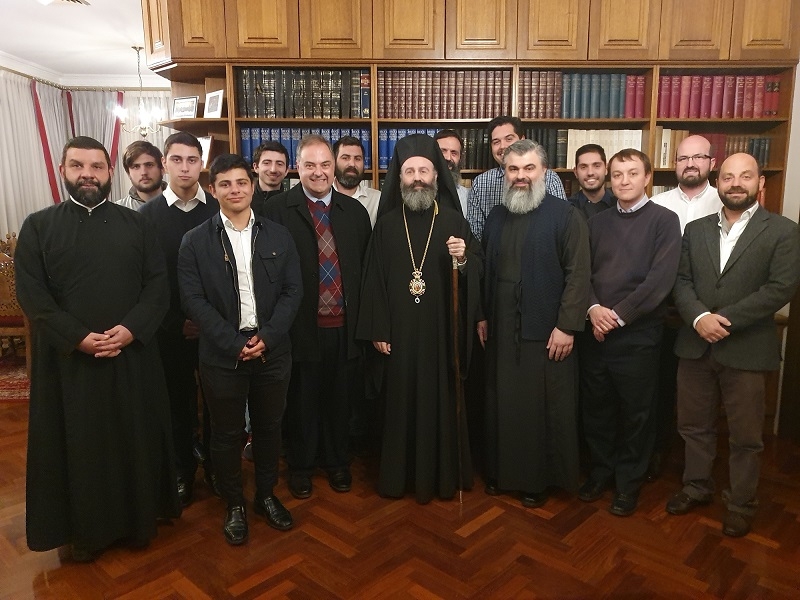- Home
- About us
- Students
- Courses
- Research
- Library
- News & Events
- Gallery
- Contact
- Our Blog
Latest News

H7233A Later Byzantine History
Building upon Early Byzantine History, this course unit examines the historical, cultural and theological factors of the Eastern Roman Empire, or Byzantium, generally from the 9th to 15th centuries, as well as the empire’s relations with its neighbours. It is an Elective unit and forms part of a Major in Church History within the Bachelor awards.
| Unit Code: | H7233A | |
| Unit Name: | Later Byzantine History | |
| Credit Value: | 9 credit points | |
| Mode of Study: | Face to Face/ Synchronous ZOOM and Asynchronous. | |
| Pre-Requisite Units: | H7232A Early Byzantine History |
Learning Outcomes
At the end of this unit students will be able to:
1. Distinguish the various social, cultural and religious factors both within the Byzantine empire and its immediate cultural context from the 9th to 15th centuries;
2. Analyse the contribution of key people and events in the later Byzantine Church;
3. Interpret primary historical documents of the later Byzantine Church;
4. Utilise appropriate methods of historiography and historical research in the analysis of significant issues in the later Byzantine Church;
5. Apply the key contributions of leading figures and significant events in the later Byzantine period to the Church’s present mission.
Weekly Topics
- Introduction and Background
- The Tenth Century: Expansion and Radiance
- The Crisis of the Eleventh Century – The Great Schism of 1054
- The First Crusade
- The Fourth Crusade and the Latin Empire (1204-61)
- Restoration and the Councils of Lyons (1274) and Blachernae (1285)
- Natural Disasters and Decline
- The Byzantine Commonwealth and the Rise of the Ottoman Turks
- The Western Church in a Post-Patristic Age
- The Hesychast Controversy
- Final Attempt at Reunion: the Council of Ferrara-Florence (1438-39)
- The Fall of Constantinople (1453) and the Aftermath

.jpg)





.png)